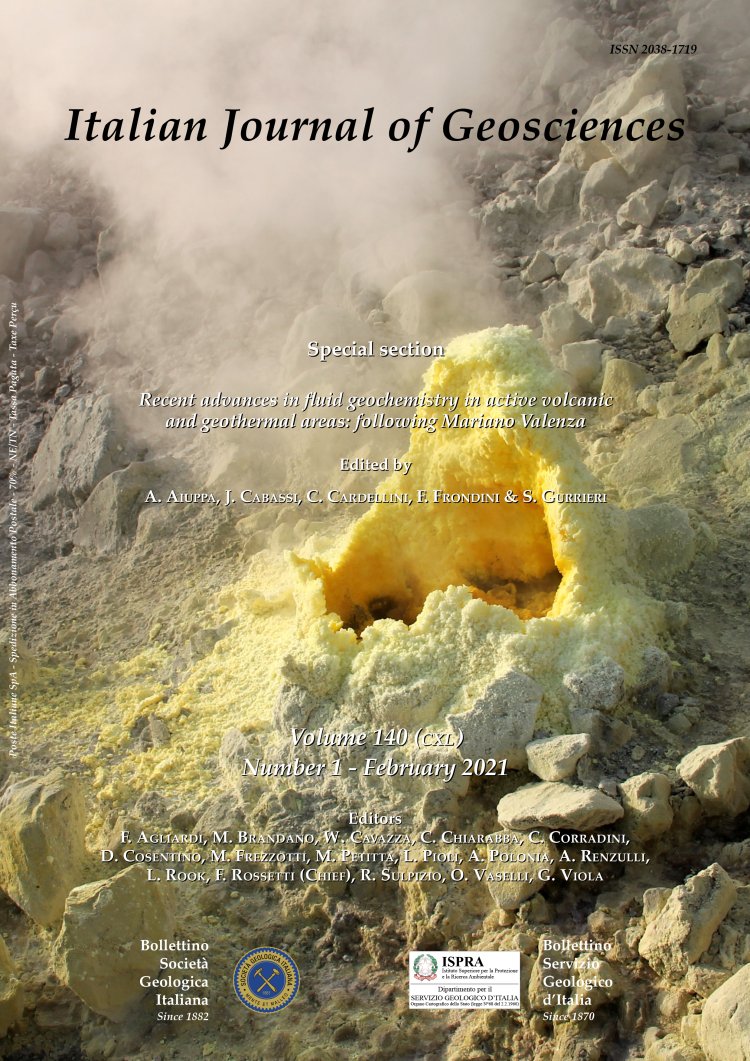
Vertebrate Trace Fossils: the Congo's Brasilichnium mammaloid fossil footprints
Giuseppe Leonardi (1) & Ismar de Souza Carvalho (2)
(1) Istituto Cavanis, Dorsoduro, 898 - 30123 Venezia - Italy.
(2) Universidade Federal do Rio de Janeiro - 21.910-200 Av. Athos da Silveira Ramos 273 - Instituto de Geociências - CCMN - Rio de Janeiro - RJ - Brazil
Corresponding author e-mail: leonardigiuseppe879@gmail.com
Volume: 140 (2021) f.1
Pages: 141-154
Abstract
The ichnogenus Brasilichnium, with its ichnospecies type Brasilichnium elusivum, was established for a very common and abundant kind of tracks from the Brazilian aeolian Botucatu Formation in Paraná Basin. It is nowadays a recognized ichnogenus on several continents. On the South American continent, it was found in Brazil and Paraguay. On the North American continent, it was found in Mexico and in several localities of the United States. In Asia it was found in Korea and China; in Africa it was found in Tunisia, Namibia and Lesotho whereas in Europe it was found only in Italy. A new occurrence of this ichnogenus (and also of the ichnospecies Brasilichium elusivum) is herein announced from Cretaceous arkose sandstones, at Kinshasa, Democratic Republic of Congo. Three slabs with several mammaloid footprints attributable to this ichnogenus were found in Kinshasa, in red sandstone slabs cladding facades of pre-independence (1960) buildings. These slabs were and are quarried at the NW margins of Kinshasa along the left banks of the Congo River, in the districts of Kimbwala and Mbudi. This material can be attributed to the Loia Formation (Berriasian-Aptian). These are the first tetrapod tracks in the Democratic Republic of Congo, and possibly in all of Central Africa. It is important to keep on surveying for tracks in the quarries and on the facades of buildings in Kinshasa, in order to increase the potential use of ichnology to environmental and palaeogeographic reconstructions.
Keywords
Get Full Text